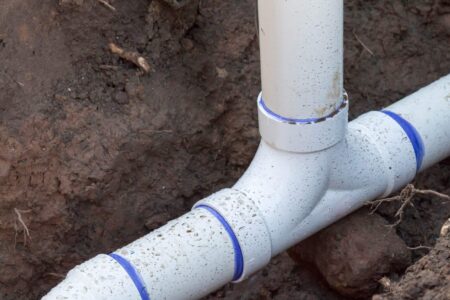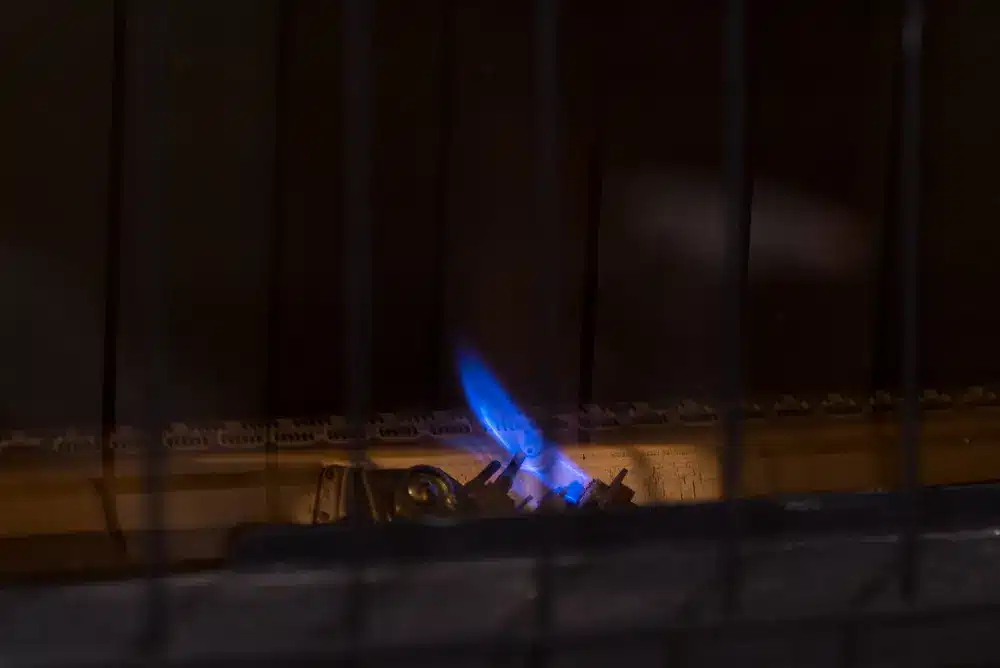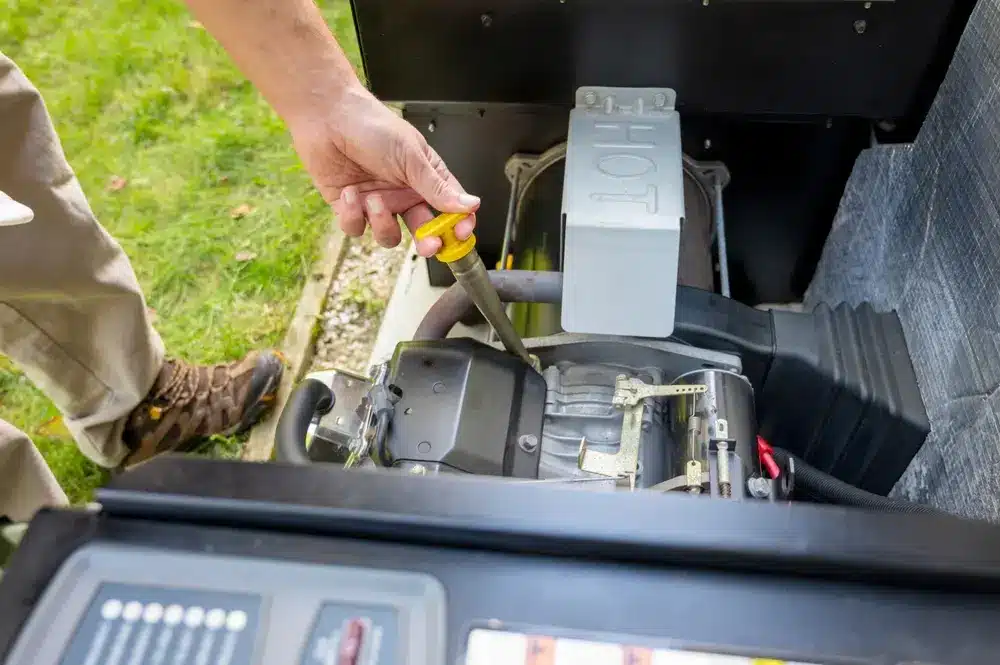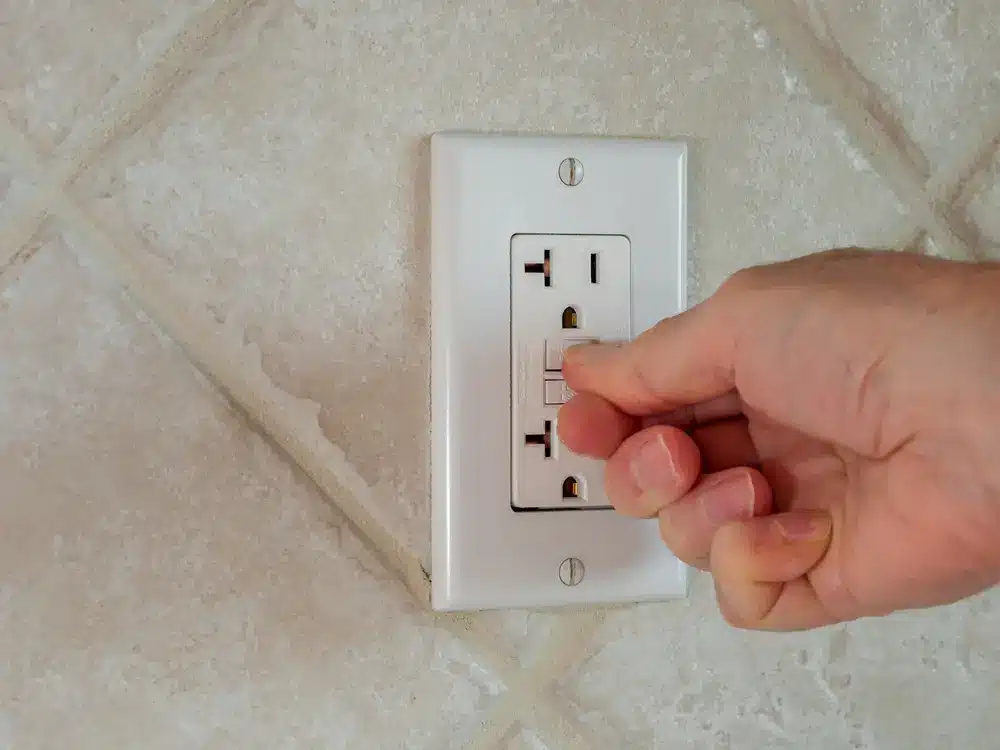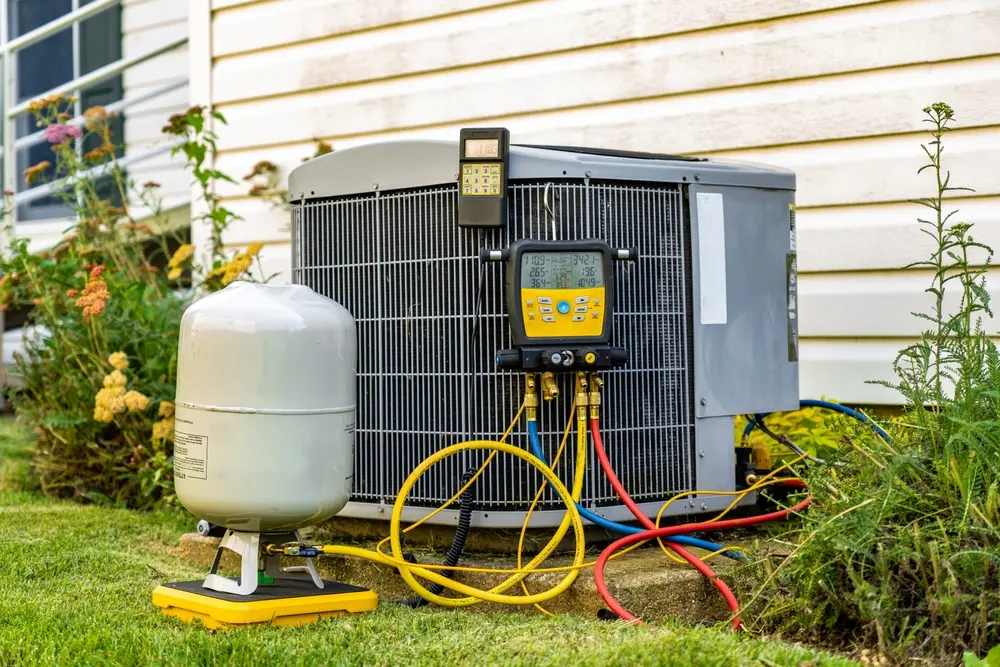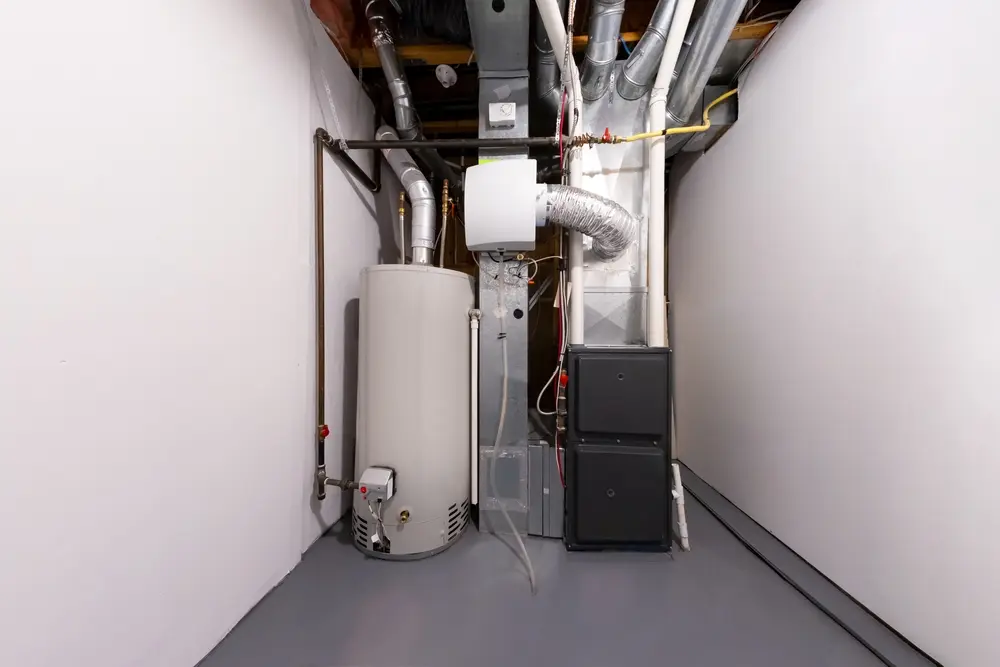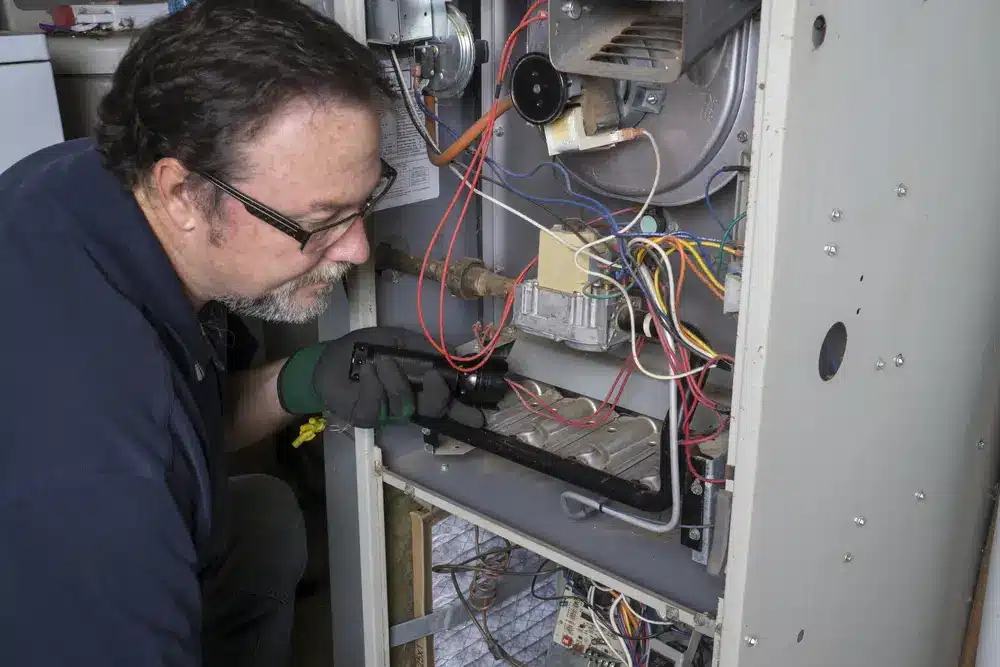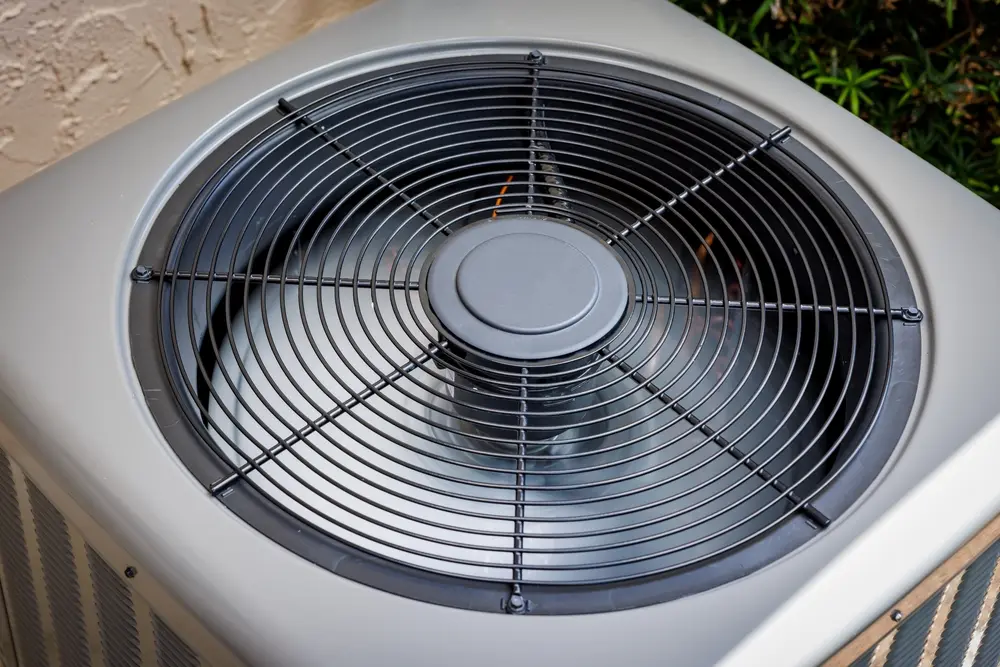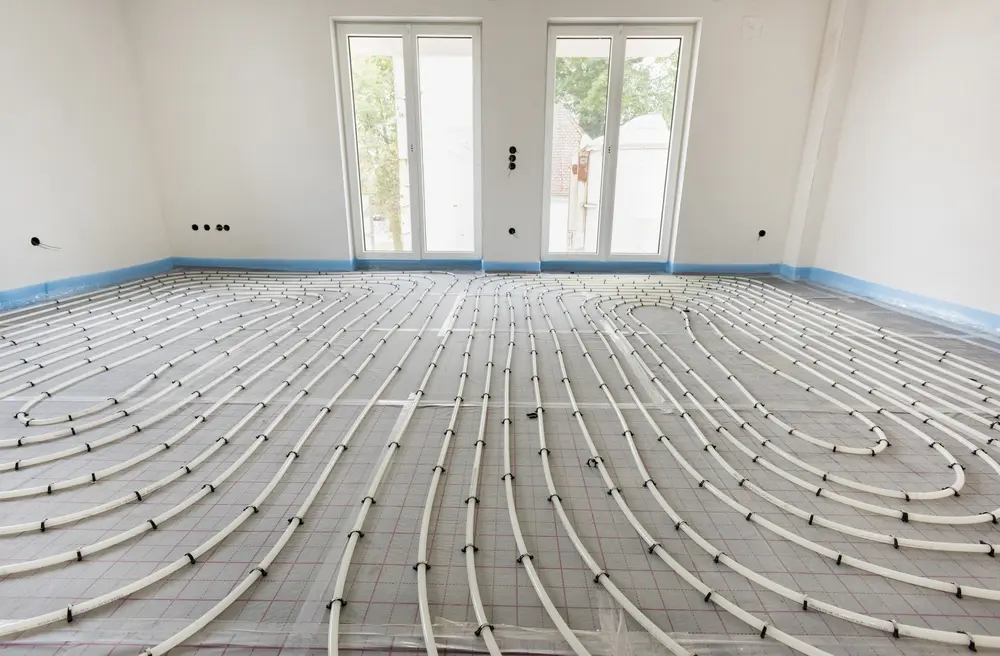Sewage systems are easy to take for granted until something goes wrong. Even a small leak in sewer lines can cause major disruptions to your daily life and home. If left unfixed, sewer line problems will get worse and worse. Fortunately, you have several options to choose from to fix sewer line problems. One such option is pipe lining. Pipe lining can do much more than fix leaks in sewer lines. It can also prevent them by reducing corrosion and rust. Pipe lining has several other advantages, too.
What Is Pipe Lining?
When a pipeline develops problems like leaks, corrosion, fractures or general wear and tear, one common solution is to line the pipe. Pipe lining, also known as cured-in-place pipe (CIPP), is a method of strengthening and repairing pipes without digging them up. This method creates a new, seamless pipe within the old one by inserting a flexible lining material into the broken pipe, inflating it and then curing it in situ.
After it dries, the new liner creates a smooth, jointless pipe within the old one, fixing any damage, strengthening any weak spots and making the pipeline as good as new. Pipe lining is an adaptable method for repairing pipes of many shapes, sizes, materials and combinations, making it an excellent choice for many different types of infrastructure restoration projects.
What Are the Different Types of Pipe Lining?
The many pipe lining materials and techniques available today each have their own set of benefits and uses. Epoxy resin-based lining, a popular method for repairing broken pipes, involves inserting a resin-soaked liner into the pipe and curing it with heat or UV light to create a new, seamless pipe within the old one. Thermoplastic lining is another common choice; it involves heating a plastic liner until it softens and conforms to the pipe’s shape, then sealing it to prevent leaks and corrosion.
Felt lining uses a fabric or felt liner wet with resin to build a new pipe inside the old one, whereas fiberglass lining uses a fiberglass-reinforced liner to insert into the damaged pipe. There are other methods of pipe lining, too. The degree of damage, the pipeline’s size and configuration and the desired durability and performance characteristics are some of the factors that will determine the choice of lining material and method.
Protect Structural Integrity of Sewer Lines
Pipe lining strengthens weak spots, stops further corrosion and reduces the likelihood of structural failures like collapses and ruptures by inserting a new, seamless lining into the old pipe. In the long run, this preventative measure helps keep the sewage system stable and reliable, which means less expensive repairs and emergency interventions.
Reduces Damage to Landscaping
The trenchless technique of pipe lining allows for little surface disturbance during the installation process, in contrast to the conventional methods of excavation, which require substantial digging and disturbance to the surrounding region. This means you won’t have to spend as much money restoring and landscaping your grass, gardens, and trees when the job is over.
Long Lifespan
Lined pipes can endure the high temperatures, high pressures and high concentrations of chemicals and abrasive solids found in sewage systems. This type of enhanced performance leads to a long lifespan for the pipes. In fact, lined pipes usually last 50 years or more, giving property owners and municipalities much peace of mind with their dependable performance.
Save Time and Money
Pipe lining is a major time and money saver when compared to the old-fashioned way of replacing pipes. Because pipe lining is a trenchless technique, it drastically cuts down on labor costs and project deadlines by eliminating expensive excavation, demolition and restoration work. Plus, lining pipes reduces the total cost of ownership during the sewage system’s lifespan because the seamless, jointless design lessens the likelihood of future leaks and failures. This, in turn, reduces the need for regular repairs and maintenance.
Minimal Disruption
Because pipe lining requires nothing in the way of excavation or surface disturbance, it causes little to no interference with traffic, utilities or pedestrian access. Businesses can stay open, citizens can still go about their day and municipal services can keep running smoothly, which improves project efficiency and makes everyone happy.
Improve Flow Capacity
Reduced friction and turbulence made possible by pipe lining make wastewater flow more effectively by forming a smooth, seamless lining within the existing pipe. This ensures dependable wastewater conveyance and treatment for many years to come by keeping flow rates ideal. It also reduces the likelihood of blockages and improves the overall efficiency of the sewer system.
Improve Water Quality
Pipe lining is an important part of keeping pollutants and toxins out of the sewage system, which in turn improves water quality. Groundwater, dirt and other foreign contaminants may flow into sewage systems via broken or aging pipes. The process of pipe lining involves encasing the existing pipes in an impermeable layer, which successfully prevents any dangerous compounds from entering the wastewater stream via leaks or breaks.
Compatibility with Invasive Roots
Roots of plants, such as trees and bushes, eventually find their way into sewage pipes via crevices and other openings in search of water and nutrients. These roots cause structural damage, obstructions and blockages once they get into the pipes. By inserting a new, jointless lining into the old pipes, pipe lining effectively blocks off any potential entrance sites for invasive roots. This preventative measure helps keep water flowing freely and cuts down on expensive root removal and repair bills.
Compliance With Regulations
Ensuring the dependability and stability of sewage infrastructure is crucial for staying in compliance with ever-tightening health and environmental laws. If property owners and governments want to fix and reinforce their old sewage lines without paying expensive fines and penalties, pipe lining is a long-term, permanent option. Businesses and homeowners alike can use pipe lining to show others they care about public health and the environment by lining sewage pipes before problems arise.
Pipe Lining Vs Pipe Replacement
When faced with sewer line issues, property owners often grapple with the decision between pipe lining and replacement. Traditional pipe replacement includes the excavation and removal of existing pipes and the installation of new ones, which can be disruptive, time-consuming and costly. Pipe lining is less intrusive, cheaper and faster. A qualified plumber can evaluate the condition of your sewer lines, such as the pipe material, extent of damage and budget constraints, and recommend the most suitable solution for your needs.
If you’re trying to decide whether your home could benefit from pipe lining, Eck Services can help.
Our trained plumbers have extensive knowledge relating to sewer line repairs, including pipe lining,
sewer pumping, septic tank cleaning and more. We also offer electrical services, including panel upgrades, home wiring and lighting installations. We can even install an EV charging station so you can charge your electrical vehicle at home. To learn more about pipe lining in Wichita, KS, contact us today.


